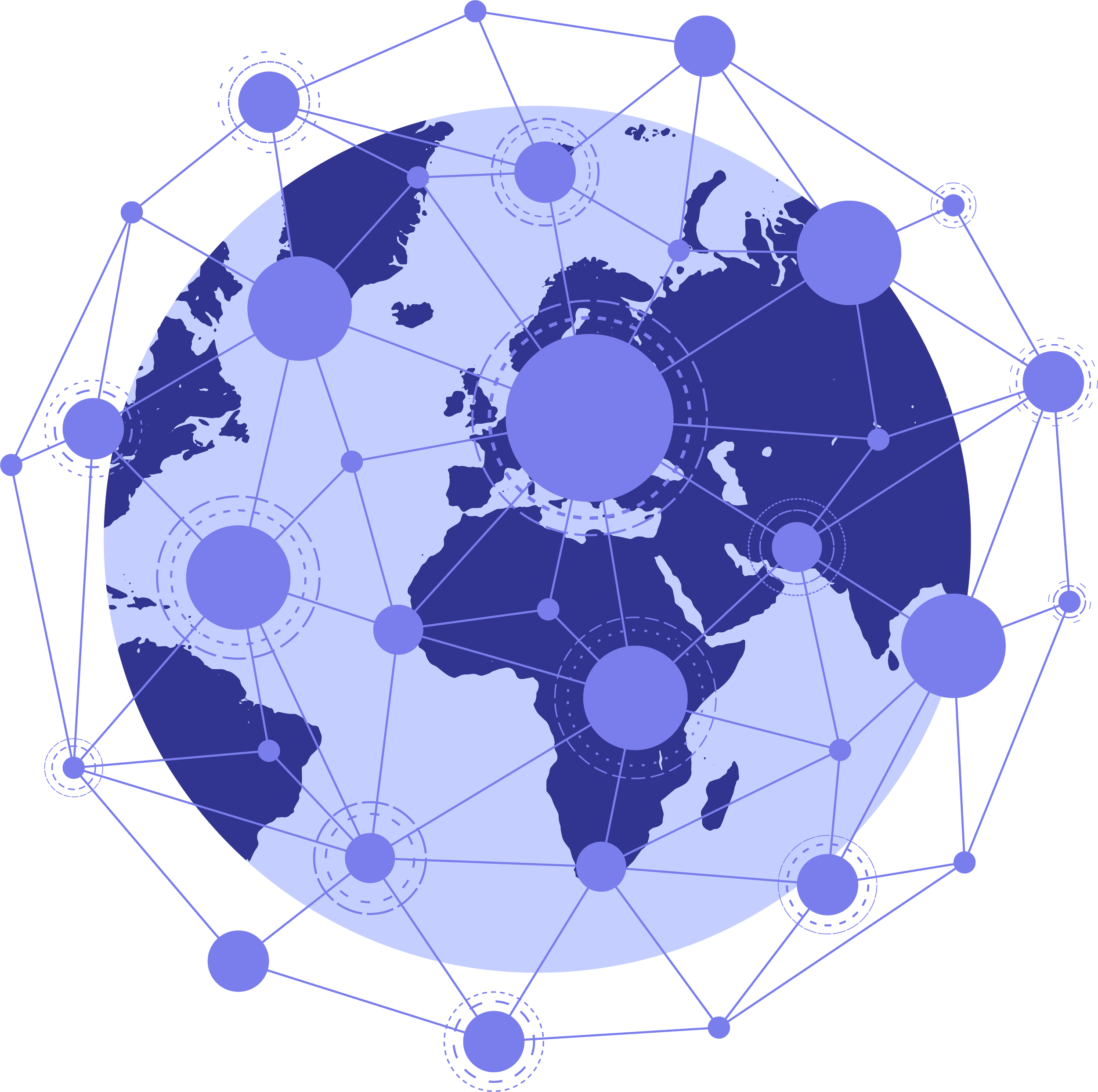Subscribe to GEN
Login to GEN
An IP Address (Internet Protocol Address) is the numeric address that uniquely identifies every device connected to the Internet. The Internet itself is a vast mesh of independent networks that agree to carry one another’s traffic so your data can travel from A to B. IP addresses are how routers know where to send each packet. If you prefer names to numbers, the Domain Name System (DNS) maps human‑friendly names to IPs — see What is DNS?.

In the late 1960s and 70s the ARPANET (Advanced Research Projects Agency Network) pioneered packet‑switched networking — breaking data into small “packets” that could be routed independently. This research evolved into the open TCP/IP protocol suite, and on 1 January 1983 (“flag day”) ARPANET switched to TCP/IP, laying the groundwork for today’s Internet. Early addressing used IPv4 with generous allocations, because four billion or so addresses felt limitless at the time.
The Internet isn’t a single network — it’s a federation of many networks (ISPs, cloud providers, enterprises, universities), each operating its own routers and IP address space. These networks interconnect and exchange routes using a protocol called BGP (Border Gateway Protocol) so that packets can find a path to any reachable IP address on Earth.
When two networks swap traffic directly as equals, this is called “peering”. Where they do so without charging each other for the traffic, it’s “settlement‑free peering”. When a smaller network pays a larger one to carry traffic to the rest of the Internet, that’s called “transit”. Internet Exchange Points (IXPs) make this interconnection efficient by providing shared switching fabrics where many networks can peer together.
Public IP address space is managed hierarchically. At the top, IANA (the Internet Assigned Numbers Authority, operated by ICANN) manages the global pools of IP addresses and Autonomous System Numbers (ASNs). IANA allocates large blocks to the Regional Internet Registries (RIRs), who then allocate to service providers and organisations.
The five RIRs are:
ISPs (often called LIRs — Local Internet Registries) request address space from their RIR and assign it to customers and services. Allocation and assignment details are published via WHOIS/RDAP. ASNs identify networks in BGP, and RPKI enables route‑origin validation to reduce hijacks.
With globally unique IPv4 largely exhausted, transfers occur under RIR policy, while new growth is primarily via IPv6, which is plentiful and easier to plan at scale.
An IP address is a number assigned to an interface (usually a device or a service) so packets can be addressed to and from it. Think of it like a postal address for the Internet. There are two main versions in use:
IPv4 uses dotted decimal, for example 207.36.11.250. It provides about 4.3 billion unique addresses.
IPv6 uses hexadecimal groups, for example 2001:db8:3c4d:1234:5678:9abc:deff:fedc, and provides an astronomically
larger space.
Every host you reach on the Internet has an IP address (or is reached through a gateway that has one). That’s how routers know where to deliver your packets and how responses find their way back.
We’ve largely run out of globally unique IPv4 addresses. To stretch IPv4 further we use techniques such as CIDR (classless routing), NAT (Network Address Translation), and private address ranges (RFC1918):
10.0.0.0/8172.16.0.0/12192.168.0.0/16
IPv6 solves the scarcity problem with 128‑bit addresses — enough for virtually unlimited growth — and adds benefits like simpler
end‑to‑end connectivity and auto‑configuration. Adoption is ongoing: many networks deploy “dual‑stack” (both IPv4 and IPv6), and
DNS publishes IPv6 using an AAAA record (IPv4 uses an A record).
Computers use IP addresses, but people prefer names. The Domain Name System translates names like duckduckgo.com into
the right IP address for your browser. For a deeper dive, see What is DNS?.
GEN designs, builds and operates IP networks. We allocate and manage IPv4/IPv6 addressing on our platforms, run resilient edge and core routing, and help customers plan and adopt IPv6 (including dual‑stack migration, addressing plans and DNS updates). We also manage peering and transit to keep your paths short and performance high — so your packets get where they’re going, quickly and reliably.